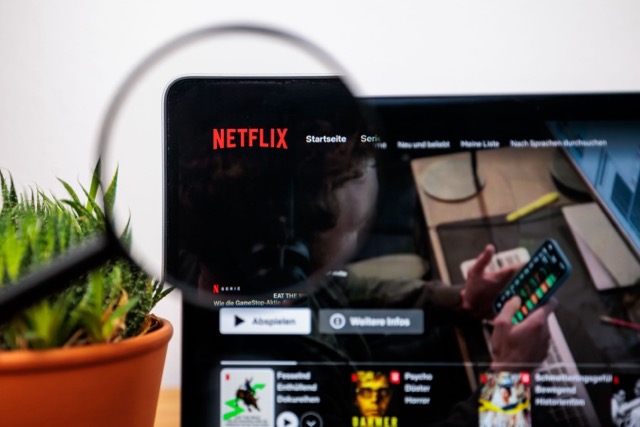
From Binge-Watching to Demand Planning—What Netflix Can Teach Supply Chain Leaders
I’m not ashamed to admit it; I’m a huge fan of Netflix. Whether it’s exploring new releases, digging into documentaries, or counting down the days until the next season of Squid Game, Netflix is where I unwind, recharge, and (let’s be honest) indulge a bit.
Now that I have officially retired from my role as Chief Marketing Officer at ketteQ, I might even have a bit more time to binge. But as someone who has spent decades in supply chain, I cannot help but notice how much Netflix can teach us about supply chain planning.
Seriously. Stick with me.
What Netflix Knows That Your Supply Chain Should
At first glance, Netflix and supply chain planning don’t seem to have much in common. One delivers entertainment. The other delivers products.
But take a closer look, and you’ll find a powerful parallel: both depend on understanding complex, ever-changing behavior and responding to it in real-time.
Netflix doesn’t rely on static models or single predictions. It runs thousands of micro-tests, adapts continuously, and personalizes experiences based on real-time signals. It doesn’t just guess what you’ll watch next; it learns, adapts, and delivers.
What if your supply chain planning system could do the same?

The Problem with Single-Solution Planning
Traditional planning systems are built around fixed logic:
- One forecast
- One demand plan
- One supply scenario
That might work in a perfectly predictable world. But in the real world? Demand shifts, suppliers fail, lead times stretch, and market conditions evolve overnight.
Yet most supply chain planning systems freeze in the face of this variability. They don’t learn. They don’t adapt. And they certainly don’t personalize responses based on the current environment.
It’s like recommending the same show to every Netflix user regardless of their preferences. That’s not planning. That’s guessing.
Adaptive Planning: The Netflix Model for Supply Chains
Netflix’s model is based on continuous learning and micro-adjustments. It thrives on unpredictability because it was built to absorb and learn from it.
That’s the model supply chain leaders need now.
With ketteQ’s PolymatiQ™ agentic AI engine, you don’t plan once and hope. You plan continuously—automatically simulating thousands of scenarios, detecting deviations in real-time, and adjusting dynamically as conditions shift.
Imagine a system that:
- Tailors planning strategies to specific business conditions
- Reacts to supply shocks without manual intervention
- Reoptimizes your plans every time new data comes in
- Understands the “shape” of your supply chain and its breaking points
That’s personalization at scale, just like Netflix, but for demand planning, inventory optimization, and supply orchestration.

Intelligent Experimentation in Real Time
PolymatiQ enables intelligent experimentation. You can test the impact of a sales promotion, a raw material constraint, or a demand surge in seconds, not days or weeks.
You don’t just build one plan. You build thousands and select the one that delivers the best outcome across cost, service level, and risk.
This approach transforms how companies think about planning. Instead of managing by exception and reacting to every change, you’re proactively shaping your supply chain’s behavior based on real-time feedback.
Just like Netflix isn’t waiting to find out what you want to watch next, your supply chain shouldn’t wait to find out how to respond to the next disruption.

From One Plan to Many Possibilities
The power of adaptive planning lies in its ability to handle nuance and complexity.
Every product. Every region. Every channel. Every customer type.
Rather than locking into a one-size-fits-all model, ketteQ enables tailored responses across your supply chain, accounting for variables, constraints, and signals that legacy systems often ignore or oversimplify.
This is more than automation. It’s augmentation. It’s a system that evolves with your business and helps planners do what humans do best: make strategic, high-value decisions.

Die Zukunft der Planung ist schon da
Netflix revolutionized entertainment by delivering a hyper-personalized experience that evolves every second. It’s time for supply chain leaders to apply the same thinking.
Legacy systems were designed for stability. But we live in an era of acceleration, complexity, and risk. Planning can’t be a quarterly event or a static spreadsheet. It must become a living, learning process.
With ketteQ, that shift isn’t theoretical—it’s operational.
Explore how agentic AI and adaptive planning are helping organizations move beyond rigid forecasts and embrace the power of real-time orchestration. Download the full white paper: What Tesla, Amazon, and Netflix Can Teach Us About Supply Chain Planning.





